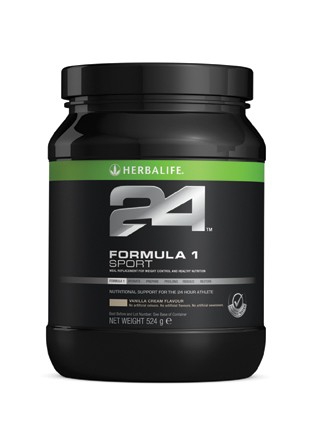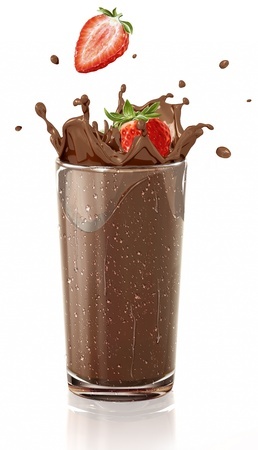What’s the difference between Herbalife® Formula 1 and Formula 1 Sport?
All Formula 1 Healthy Meal Nutritional Shake mixes share the same nutritional profile of 9g of protein and 12g of carbohydrates along with a vitamin and mineral blend. Within this line is the classic soy-based Herbalife Formula 1 as well as Herbalife24® Formula 1 Sport, which is made with milk protein.
Formula 1 Sport is different from Formula 1 in that Sport:
- uses whey and casein in the form of milk protein - contains a small amount of soy lecithin
- has additional glutamine
- contains a higher percentage of the daily recommended value of Vitamin A, Calcium, Vitamin C and Folic Acid
- and each lot produced is tested clean for athletic banned substances and certified in the NSF Certified for Sport® Program.
These differences were implemented to meet the increased nutritional needs of those engaging in an active lifestyle. However, they both offer similar overall benefits and can be used interchangeably: athletes can use the classic, and non-athletes can use the Sport version.
 |
Does Formula 1 Sport contain soy protein?
No. Formula 1 Sport contains milk protein; however, it does contain an emulsifier called soy lecithin at a very low level (less than 1%). Soy lecithin helps prevent clumping and is commonly found in dairy protein products. Hence, if you have a soy allergy, you should not consume F1 Sport.
What are the ingredients in Herbalife24® Formula 1 Sport and what do they do?
Gain confidence from your pre-competition nourishment. Balanced with carbohydrates, proteins, vitamins and minerals, Herbalife24® Formula 1 Sport establishes a solid nutritional foundation for performance while being easy to consume.
Does Herbalife24® Formula 1 Sport contain any artificial colors, flavors or sweeteners?
Herbalife24® products do not contain any artificial colors or sweeteners.
- Herbalife24® Formula 1 Sport Vanilla Flavor contains Natural Vanilla and Natural Licorice Flavors.
- Herbalife24® Formula 1 Sport Chocolate Flavor contains Natural Flavors.
How many servings of Herbalife24® Formula 1 Sport are available per container?
There are 30 servings of Herbalife24® Formula 1 Sport per canister. Each serving size is 2 scoops (26 grams).







